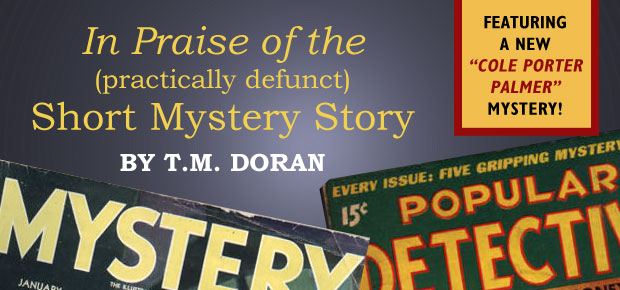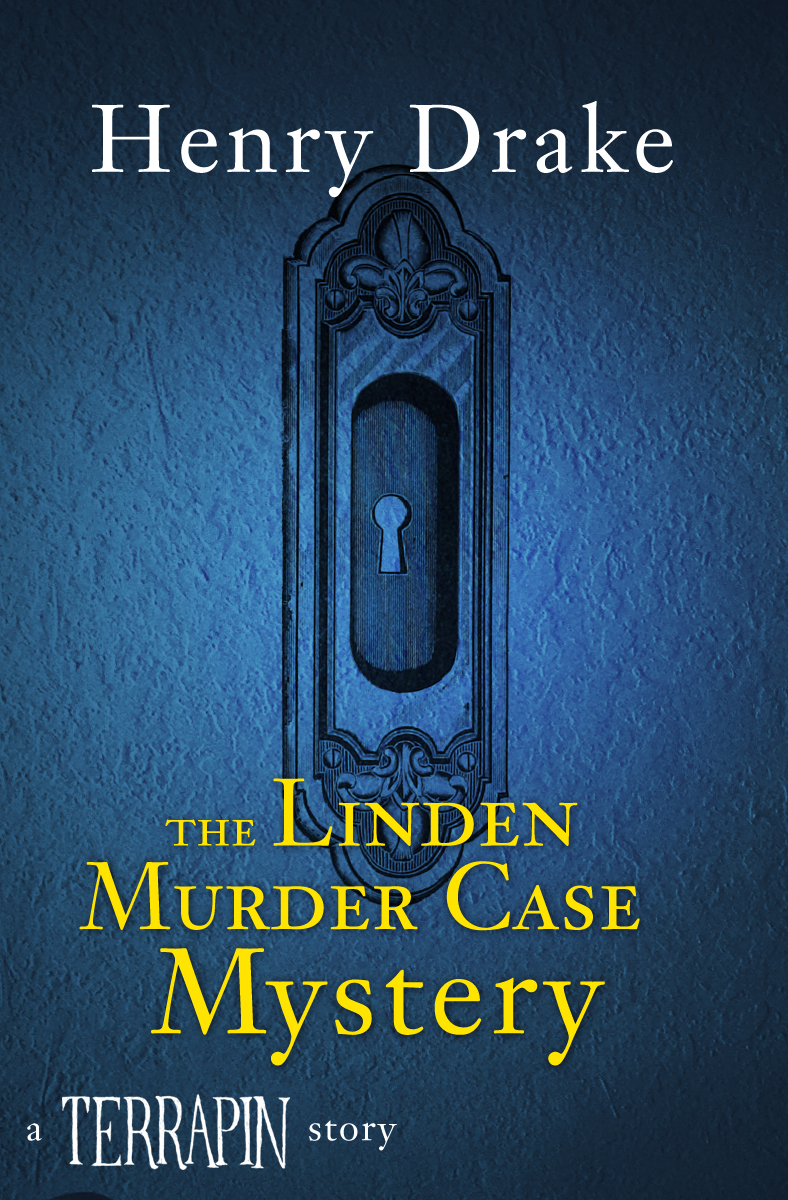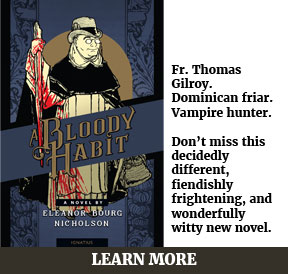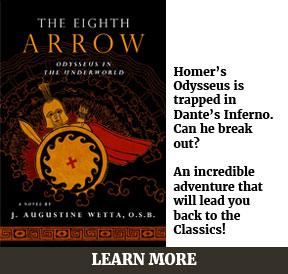
Ever since Terrapin was published and a Cole Porter Palmer short mystery story was included as an appendix (“The Deadly Dart Mystery”), Ignatius has been offering an annual CPP mystery story. In 2012: “A Legendary Mystery”. In 2013: “The Yellow Tavern Mystery”. And in 2014: “The Linden Murder Case Mystery”. Ignatius Press’ John Herreid critiques the drafts, creates the art, and produces the story.
 My new short mystery story: “The Linden Murder Case Mystery”, a locked room mystery that takes place in Ann Arbor, Michigan, is connected to the 1930s S.S. Van Dine mystery stories, and to a publisher’s note in a first edition of one of his novels. Authors don’t use the words “Mystery” and “Case” in the same title; it’s one or the other. You’ll have to read the story to learn why both appear in this title.
My new short mystery story: “The Linden Murder Case Mystery”, a locked room mystery that takes place in Ann Arbor, Michigan, is connected to the 1930s S.S. Van Dine mystery stories, and to a publisher’s note in a first edition of one of his novels. Authors don’t use the words “Mystery” and “Case” in the same title; it’s one or the other. You’ll have to read the story to learn why both appear in this title.
This annual event prompts me to offer these thoughts on the short mystery story. In the second half of the 19th century and the first half on the 20th century, the short mystery story—typically taut, tense, terse—was a staple of fiction, and not just detective fiction. Thousands upon thousands were devoted fans. In 1944, the literary critic, Edmund Wilson, who loathed mystery stories, grudgingly admitted that the genre was wildly popular: “I have recently been sampling the various types of popular merchandise. I have decided that I ought to take a look at some specimens of this kind of fiction, which has grown so tremendously popular and which is now being produced on such a scale that the book departments of magazines have had to employ special editors to cope with it.”
Arthur Conan Doyle was the most famous practitioner, with G.K. Chesterton not far behind in his day. Other mystery writers who produced sparkling short mystery stories include Agatha Christie, Dorothy L. Sayers, John Dickson Carr, Rex Stout, and Ellery Queen (Frederic Dannay and Manfred Lee). Though the puzzle was an important ingredient, vivid investigators like Sherlock Holmes, Fr. Brown, Hercule Poirot, Lord Peter Wimsey, Nero Wolfe, and Ellery Queen populated, enlivened, and often edified these short stories.
Short mystery stories are usually cerebral puzzles, with characters less well defined, except for the detective, who is usually characterized in the author’s novels. Some of these stories are memorable as well as enjoyable reads: G.K. Chesterton’s “The Invisible Man”, Ellery Queen’s “The Adventure of The Mad Tea Party”, and Agatha Christie’s “The Coming of Mr. Quin” and “Harlequin’s Lane”, these latter stories from a lesser known series of—I guess you could call them—metaphysical mysteries.
While not a few of these short stories are cartoonish, readers don’t expect high literature from this sub-genre but entertainment of the sort we experience in assembling a challenging puzzle, or working out a riddle, or viewing a spectacular magic trick, or delineating a moral truth that turns conventional thinking upside down (a specialty of Chesterton’s).
Today, few pursue this sub-genre. The French writer, Paul Halter is a devotee of Carr’s impossible mysteries. I’m aware of only one volume of his work—short stories—that has been translated into English: “The Night of the Wolf”. James Doran mentions Bill Pronzini as a contemporary mystery writer whose work includes short stories, and Edward D. Hoch, who worked into the 21st century and was inspired by Carr and other locked room specialists.
 So far, I’ve been speaking about conventional mystery stories, but, from the beginning, the science fiction genre incorporated mystery and (often eye-popping) surprises into its short stories: “Microcosmic God” by Theodore Sturgeon, “That Only A Mother” by Judith Merril, “Mimsy Were The Borogoves” by Lewis Padgett, and “Mars Is Heaven!” by Ray Bradbury are short mystery stories wrapped in speculative science and speculative futures. The short science fiction-mystery story may have peaked in the late 1950s and early 1960s with Rod Serling’s “Twilight Zone”, which depicted award-winning science fiction stories and like-minded original screenplays, all with big surprises. If there is a difference between conventional mystery stories and speculative fiction, it’s in the scope of the “surprise”, which, in conventional mysteries, follows “fair play” rules. No such constraints are observed in science-speculative fiction, where almost any twist is fair game. Also, short mystery stories, where the puzzle is king, usually operate within a moral framework where good and evil are recognized by society, while many science fiction stories operate within an amoral framework, often embodied by a dystopian or positivistic culture.
So far, I’ve been speaking about conventional mystery stories, but, from the beginning, the science fiction genre incorporated mystery and (often eye-popping) surprises into its short stories: “Microcosmic God” by Theodore Sturgeon, “That Only A Mother” by Judith Merril, “Mimsy Were The Borogoves” by Lewis Padgett, and “Mars Is Heaven!” by Ray Bradbury are short mystery stories wrapped in speculative science and speculative futures. The short science fiction-mystery story may have peaked in the late 1950s and early 1960s with Rod Serling’s “Twilight Zone”, which depicted award-winning science fiction stories and like-minded original screenplays, all with big surprises. If there is a difference between conventional mystery stories and speculative fiction, it’s in the scope of the “surprise”, which, in conventional mysteries, follows “fair play” rules. No such constraints are observed in science-speculative fiction, where almost any twist is fair game. Also, short mystery stories, where the puzzle is king, usually operate within a moral framework where good and evil are recognized by society, while many science fiction stories operate within an amoral framework, often embodied by a dystopian or positivistic culture.
I don’t think of Terrapin as a mystery story, but as a novel that happens to include mysteries, though these mysteries aren’t the most important component of the story. The “Linden Murder Case Mystery” is a mystery, pure and simple. Like many short mystery stories, this one is compact, breezy, and, I hope, able to provoke an aha and a smile from readers. If you haven’t read the previous short Cole Porter Palmer mysteries, you can find them at the Terrapin novel site.
Note from Ignatius Press Novels: Terrapin is available along with “Linden Murder Case Mystery” as a free e-book download for a limited time. Follow this link to learn more.






michaelnicholasrichard
November 11, 2014 at 6:21 am
Tor Books issues free e-books of short stories. They seem to serve as advertising for both the brand and the authors. I have no idea what the arrangement is between Tor and the authors, but it’s an interesting concept. I cut my teeth on short stories as a writer. It’s a challenging field in its own right. Compared to the novel where you need connect a more complicated story line, in the short story you have to compress the story. Little wonder that the short story thrived in genre fiction where an author can lean on the reader immediately understanding so many archetypes.
Ignatius Press Novels | An Interview with T. M. Doran
November 13, 2014 at 7:28 pm
[…] are a fan of mystery stories. (Readers: see here for more). How did mystery fiction contribute to the plot of Iota—or would that be […]